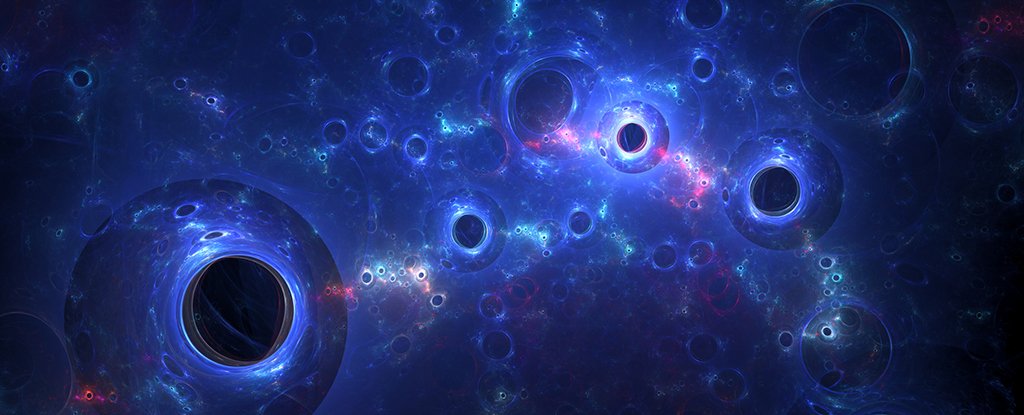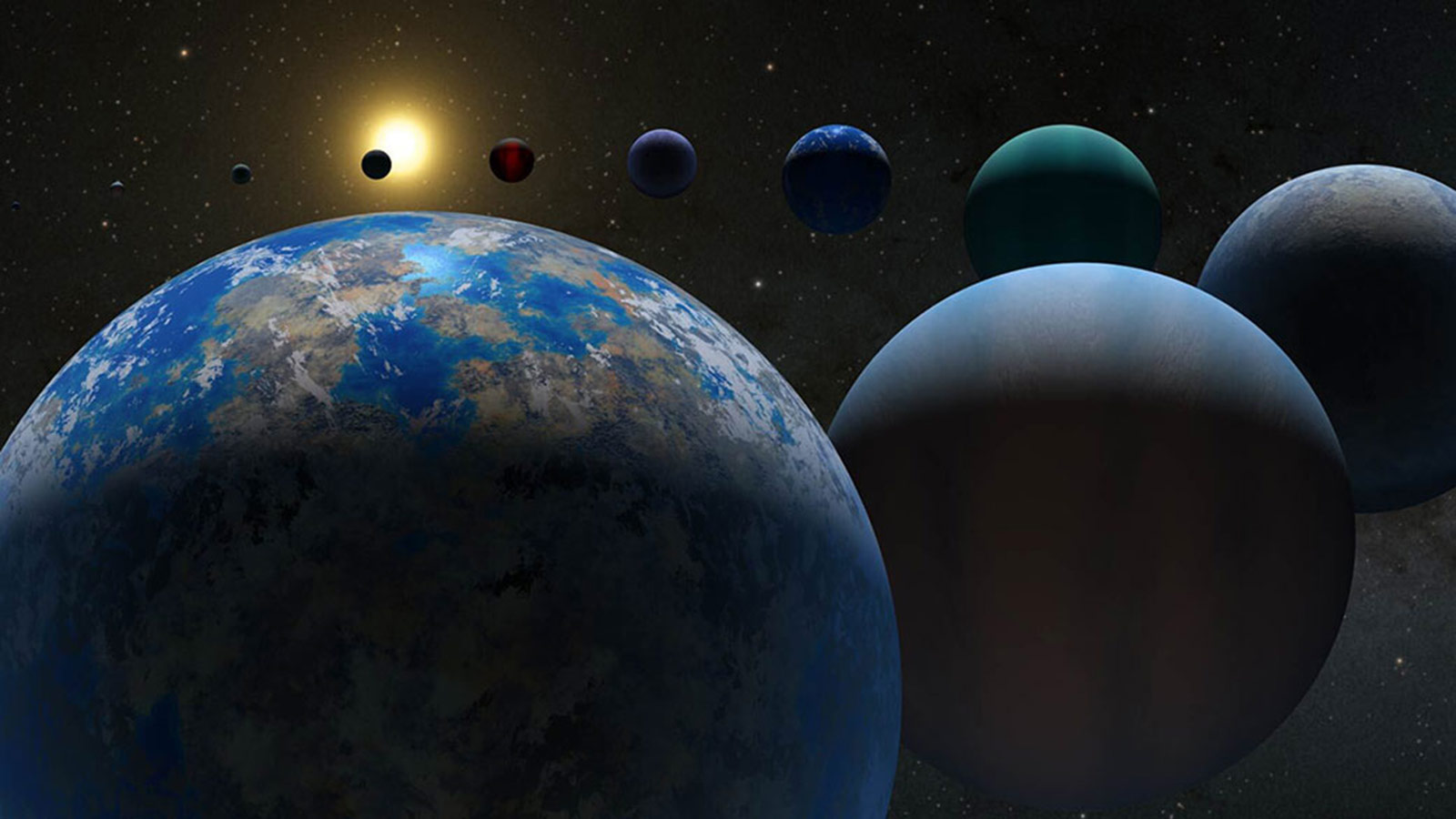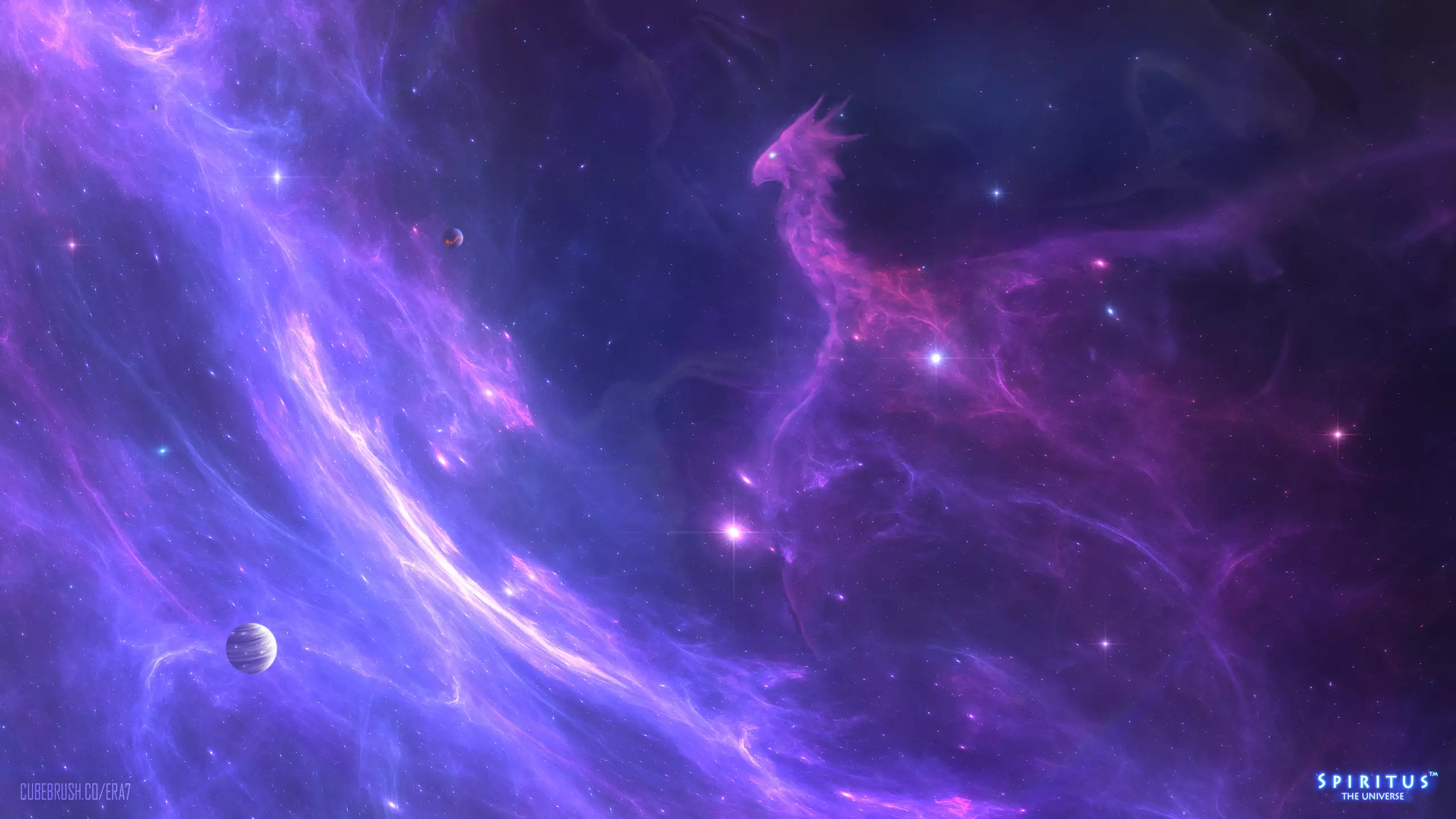Dark matter is a mysterious substance that makes up about 85% of the matter in the universe. While it cannot be seen or directly detected, its presence can be inferred from its gravitational effects on visible matter.
Evidence for Dark Matter
- Galaxy Rotation Curves: The rotation curves of galaxies suggest that there is more mass present than can be accounted for by visible matter. This missing mass is believed to be dark matter.
- Galaxy Clusters: The gravitational lensing effect of galaxy clusters indicates the presence of a large amount of unseen mass.
- Cosmic Microwave Background Radiation: The fluctuations in the cosmic microwave background radiation provide evidence for the existence of dark matter.
Properties of Dark Matter
- Invisible: Dark matter does not interact with light, making it difficult to detect directly.
- Massive: Dark matter is extremely massive, making up the majority of the universe’s matter.
- Cold: Dark matter is believed to be cold, meaning it has a low velocity.
Candidates for Dark Matter
- Weakly Interacting Massive Particles (WIMPs): These are hypothetical particles that could make up dark matter.
- Axions: Axions are hypothetical particles that could also be dark matter candidates.
- Sterile Neutrinos: These are hypothetical particles that are similar to neutrinos but do not interact with the weak nuclear force.
The Search for Dark Matter
Scientists are actively searching for dark matter using a variety of methods, including:
- Direct Detection Experiments: These experiments aim to detect dark matter particles as they interact with matter on Earth.
- Indirect Detection Experiments: These experiments search for the products of dark matter interactions, such as gamma rays or neutrinos.
- Particle Accelerators: Particle accelerators can be used to create and study dark matter candidates.
Dark matter is one of the biggest mysteries in modern physics. Understanding its nature and properties is essential for a complete understanding of the universe.
Would you like to learn more about a specific dark matter candidate or the challenges of detecting dark matter?



